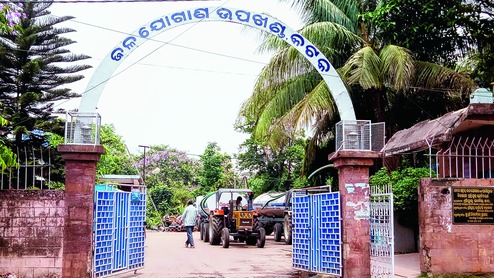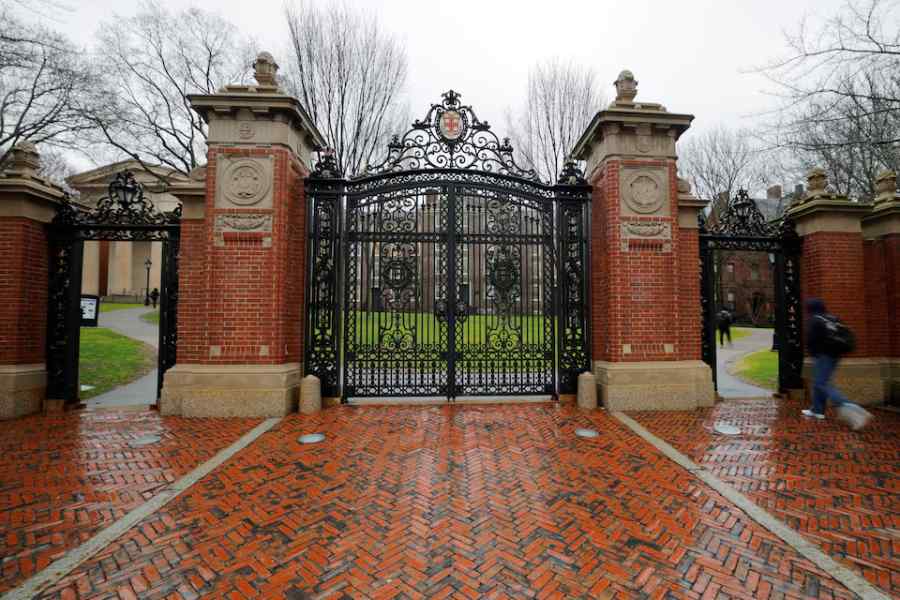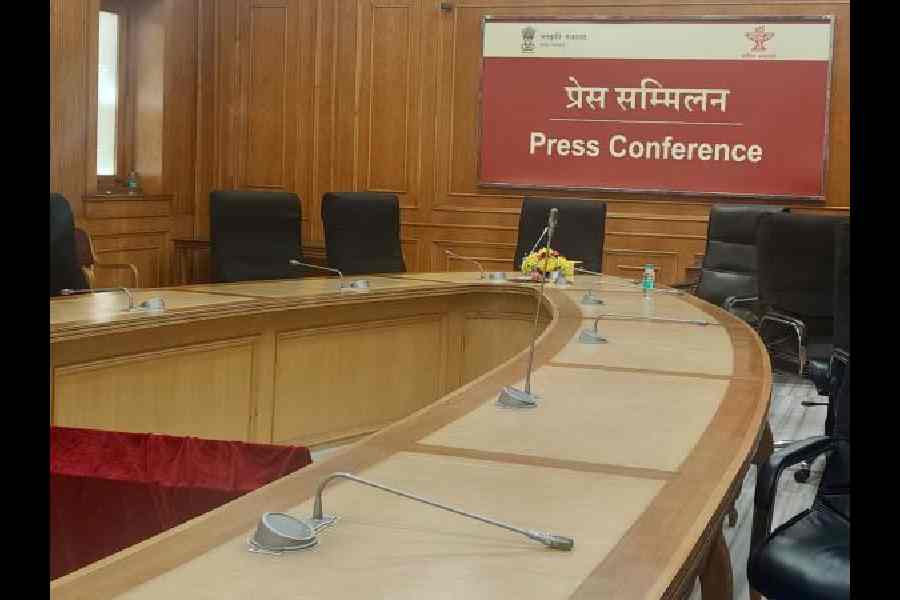

Cuttack, Aug. 1: The public health engineering organisation plans to supply drinking water to the city within the next two years by drawing it from the Mahanadi, instead of depending on the ground water source.
Officials said the project had been planned to avoid the problem of high iron content in the water being supplied now.
"High iron content in drinking water affects the digestive system by way of loose motions and stomach related ailments," said the Cuttack Municipal Corporation's city health officer Dr Abhay Patnaik.
The city has a requirement of 101 million litres per day. Every day, 102.29 million litres of potable water is being supplied by drawing it from the ground water source through 192 production wells in various parts of the city. However, there is wastage of nearly 15 per cent of the water supplied due to leakage.
Excessive drawing of water from the ground has led to high iron content. The engineering body, however, is not yet in possession of the exact amount of iron content present in the ground water. On this, an official said: "The present iron content level in water being drawn from ground sources in various parts of the city is under survey. A clear picture will be available after completion of the survey."
The project plans to supply 143 million litres water per day (mld) to the city by drawing it from the Mahanadi through intake wells at three locations after purifying it at water treatment plants and close the production wells," the organisation's executive engineer (Cuttack division) Sushant Ghadei told The Telegraph today. "Accordingly, three water treatment plants have been planned at CDA Sector 12 (129mld), Jagatpur (6mld) and Pratapnagari (8mld)," Ghadei said.
The organisation will spend nearly Rs 125 crore for the project from funds received under the Atal Mission for Rejuvenation and Urban Transformation scheme. "As part of the project, 11 elevated service reservoirs will be built in addition to the 18 existing ones. Similarly, 24 underground reservoirs will be added to the one existing now," Ghadei said.
The engineering body has planned a new pipeline project with a distribution network to supply 143 million litres per day. The project to connect the uncovered areas with new pipelines has been taken up under the central scheme.
In a related development, process has started to build an intake well at Chahata, along with a 4.5-km-long pipeline to the 129mld water treatment plant at CDA Sector 12. While the organisation will spend Rs 22 crore for the intake well, Indian Oil Corporation Limited will spend Rs 76 crore for the plant. "The authorities have acquired 7.965 acres at Sector 12 of CDA for the plant. The Indian Oil has entrusted the work to the central public works department," Ghadei said.
The Indian Oil has taken up the plant construction in pursuance of an Orissa High Court order. The high court, in an order on February 27, 2012, imposed a set of conditions on the company for drawing water from the Mahanadi in Cuttack for its refinery-cum-petrochemical project in Paradip.
As part of the set of conditions, the court had directed the company "to provide a water treatment plant for drinking water to be utilised for public health department, Cuttack for the purpose of supplying drinking water in Cuttack city".
"The plan and estimate is to be made by the engineering body and the land for the treatment plant is to be identified and provided by the collector and permission be granted for establishment of the said plant. After the plant is commissioned, it will be handed over to the engineering body," the high court order stipulated.










